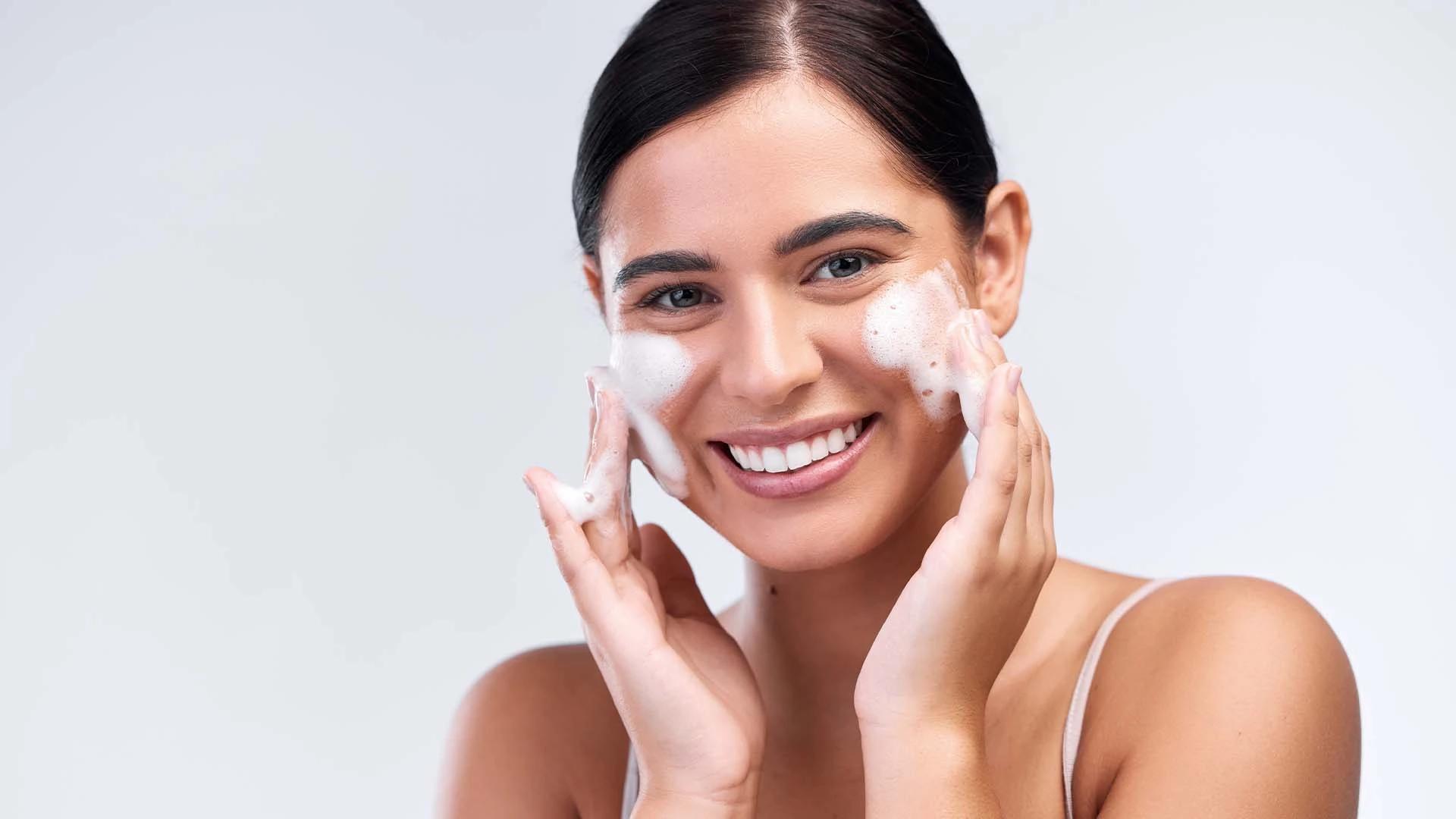Use about a pea-sized amount for your entire face—seriously, that's enough. Apply in thin, even layers, avoiding the delicate eye area and corners of your mouth. Gentle, upward strokes work best, and don't rub it in aggressively.
Focus on areas with texture issues, dark spots, or fine lines, but keep the application even across your face. The goal is uniform treatment, not spot-treating specific areas.
Frequency of Use
Start with once or twice a week, maximum. Your skin needs time to adjust to this new routine, and rushing the process often leads to irritation. After 2-3 weeks, you can gradually increase to every other night if your skin tolerates it well.
Most people find their sweet spot at 3-4 times per week. Daily use isn't necessary and can actually be counterproductive, leading to over-exfoliation and sensitivity.
Integration into Your Skincare Routine
Glycolic acid plays well with some ingredients but clashes with others—think of it as the friend who needs careful introduction to your existing group. The key is timing and knowing which products to pair together. Evening application works best since glycolic acid can increase sun sensitivity, making your skin more vulnerable during the day.
Sequencing matters too. Glycolic acid should go on clean skin before heavier creams or oils, allowing it to penetrate properly and do its job effectively.
Complementary Products
Follow your glycolic acid cream with a gentle, hydrating moisturiser. Look for ingredients like hyaluronic acid or ceramides that help repair and strengthen your skin barrier. Avoid products with other active ingredients like retinol or vitamin C on the same night.
**Sunscreen is non-negotiable** the morning after using glycolic acid. Your skin will be more photosensitive, so SPF 30 or higher becomes your best friend. This isn't optional—it's essential for protecting your newly revealed skin.
Managing Potential Side Effects
Let's keep it real—some redness, tingling, or mild peeling is normal when you first start using glycolic acid. Your skin is adjusting to increased cell turnover, and these effects usually settle down within a few weeks. However, knowing the difference between normal adjustment and problematic reactions is crucial for your skin's health.
The key is listening to your skin and adjusting your routine accordingly. Pushing through severe irritation isn't brave—it's counterproductive.
Minimise Irritation
If you experience excessive dryness or irritation, scale back to once a week and focus on hydration between applications. Use gentle, fragrance-free products and avoid other exfoliating treatments while your skin adjusts.
Sensitive skin types should consider buffering the glycolic acid by applying moisturiser first, then the acid cream. This reduces direct contact while still allowing the ingredient to work effectively.
Advanced Glycolic Acid Treatments
Once you've mastered basic glycolic acid cream use, you might wonder about stepping up your game. Professional-strength treatments and chemical peels offer more dramatic results but require careful consideration. At-home options have improved significantly, giving you salon-quality results with proper technique and patience.
The beauty of mastering at-home treatments is the convenience and cost-effectiveness compared to professional options. You can maintain consistent results on your schedule.
Combination with Other AHA Products
Mixing different AHA products can amplify results when done correctly. Lactic acid and mandelic acid can complement glycolic acid for a more comprehensive approach to skin renewal. However, start slowly and monitor your skin's response carefully.
Never combine glycolic acid with other strong actives like retinoids or benzoyl peroxide on the same night. This combination can cause severe irritation and compromise your skin barrier.


 250 gm
250 gm 50 gm
50 gm 100 gm
100 gm 50 ml
50 ml